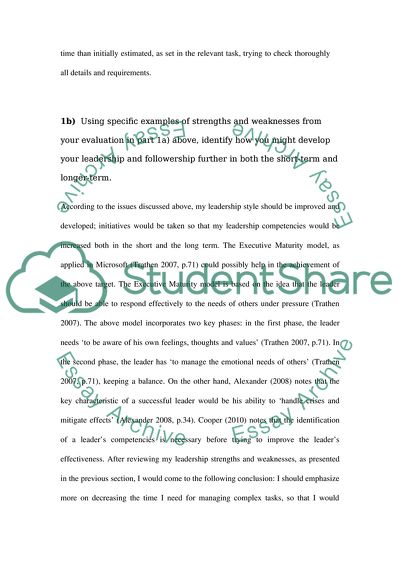Cite this document
(Characteristics of Leadership Assignment Example | Topics and Well Written Essays - 1500 words, n.d.)
Characteristics of Leadership Assignment Example | Topics and Well Written Essays - 1500 words. https://studentshare.org/human-resources/1774412-leadership-exam
Characteristics of Leadership Assignment Example | Topics and Well Written Essays - 1500 words. https://studentshare.org/human-resources/1774412-leadership-exam
(Characteristics of Leadership Assignment Example | Topics and Well Written Essays - 1500 Words)
Characteristics of Leadership Assignment Example | Topics and Well Written Essays - 1500 Words. https://studentshare.org/human-resources/1774412-leadership-exam.
Characteristics of Leadership Assignment Example | Topics and Well Written Essays - 1500 Words. https://studentshare.org/human-resources/1774412-leadership-exam.
“Characteristics of Leadership Assignment Example | Topics and Well Written Essays - 1500 Words”. https://studentshare.org/human-resources/1774412-leadership-exam.


